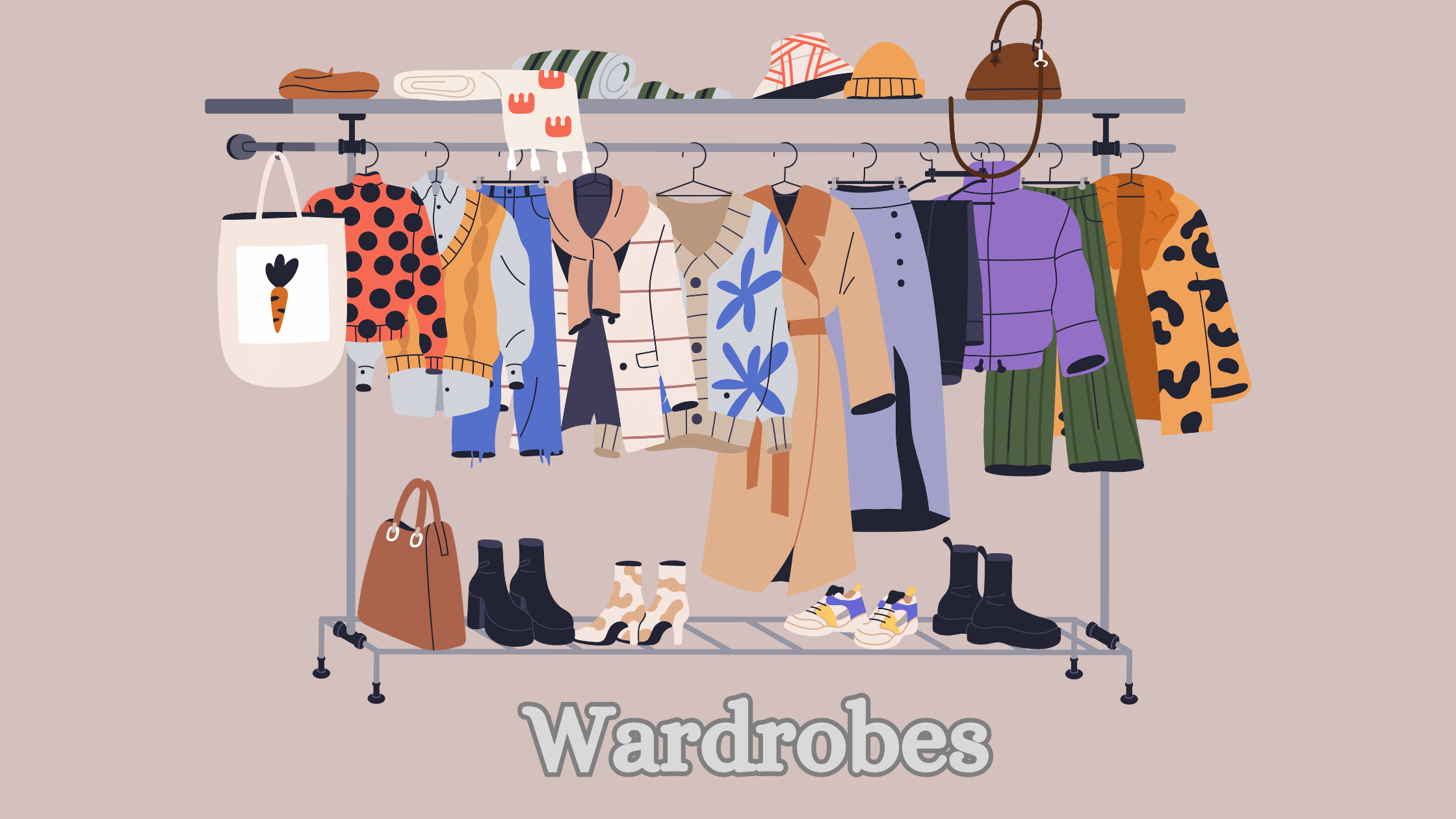
In recent years, a new trend has emerged in the world of fashion – clothing swaps. These events offer a fun and sustainable way for people to refresh their wardrobes without spending a fortune. By exchanging garments with others, individuals can find unique pieces and reduce their environmental footprint. This article explores the concept of clothing swaps and highlights the benefits of buying used clothing in bulk.
The Rise of Clothing Swaps
Clothing swaps have gained popularity as people seek alternative ways to update their wardrobes. These events bring together individuals with different styles and sizes, offering a diverse range of clothing choices. From casual wear to formal attire, clothing swaps have something for everyone. By participating in clothing swaps, individuals can not only save money but also foster a sense of community and reduce textile waste.
Benefits of Buying Used Clothing in Bulk
- Cost Savings: Buy used clothing in bulk allows consumers to save money. Compared to purchasing brand new garments, buying in bulk often provides significant discounts. With careful selection, buyers can find quality used clothes at a fraction of the original cost.
- Unique Style: Buying used clothing opens up a world of unique style possibilities. Many vintage and one-of-a-kind pieces can be found when buying in bulk. This allows individuals to create a wardrobe that reflects their personal taste and stands out from the crowd.
- Sustainability: Buying used clothing is an environmentally friendly option. By reusing and recycling garments, buyers can contribute to reducing textile waste and the carbon footprint associated with the fashion industry. Opting for used clothing in bulk further enhances the sustainability aspect by reducing packaging and transportation waste.
- Supporting Local Initiatives: Buying used clothing from local sources, such as thrift stores or community clothing swaps, supports local businesses and initiatives. It helps to create a circular economy where clothes are kept in use and money circulates within the community.
- Quality Used Clothes: Contrary to the common misconception, used clothing can be of excellent quality. In fact, many second-hand garments are barely worn and can still have a long lifespan. Buying in bulk increases the chances of finding high-quality pieces.
Online Platforms for Buying Used Clothing in Bulk
- Thrift Stores: Thrift stores are a great place to find used clothing in bulk. Many thrift stores offer discounts for buying in larger quantities, making it an economical option. These stores often have a wide selection of clothing items for different tastes and styles.
- Online Marketplaces: Online platforms like eBay, Depop, and Poshmark have become popular avenues for buying used clothing in bulk. These platforms connect buyers with sellers from around the world, providing a vast collection of pre-loved clothing options.
- Social Media Groups: Social media platforms such as Facebook and Instagram host various buy-and-sell groups dedicated to used clothing. Joining these groups allows individuals to connect directly with sellers and negotiate purchases, sometimes even in bulk.
- Clothing Swap Events: Local clothing swap events are another option for buying used clothing in bulk. These events bring together a community of like-minded individuals who share a passion for sustainable fashion. Participants can browse through a wide range of clothing items and make multiple exchanges.
- Online Auctions: Websites that specialize in online auctions, such as ShopGoodwill and Listia, often have bulk lots of used clothing available for bidding. These auctions can be an exciting way to find unique pieces at affordable prices.
In conclusion, buying used clothing in bulk through clothing swaps or online platforms offers numerous benefits, including cost savings, unique style opportunities, and sustainability. By choosing to support local initiatives and exploring various purchasing options, individuals can build a wardrobe that is both fashionable and eco-friendly. Remember, one person’s unwanted garment might be another person’s treasure, so why not embrace the concept of clothing swaps and join the movement towards a more sustainable fashion industry?